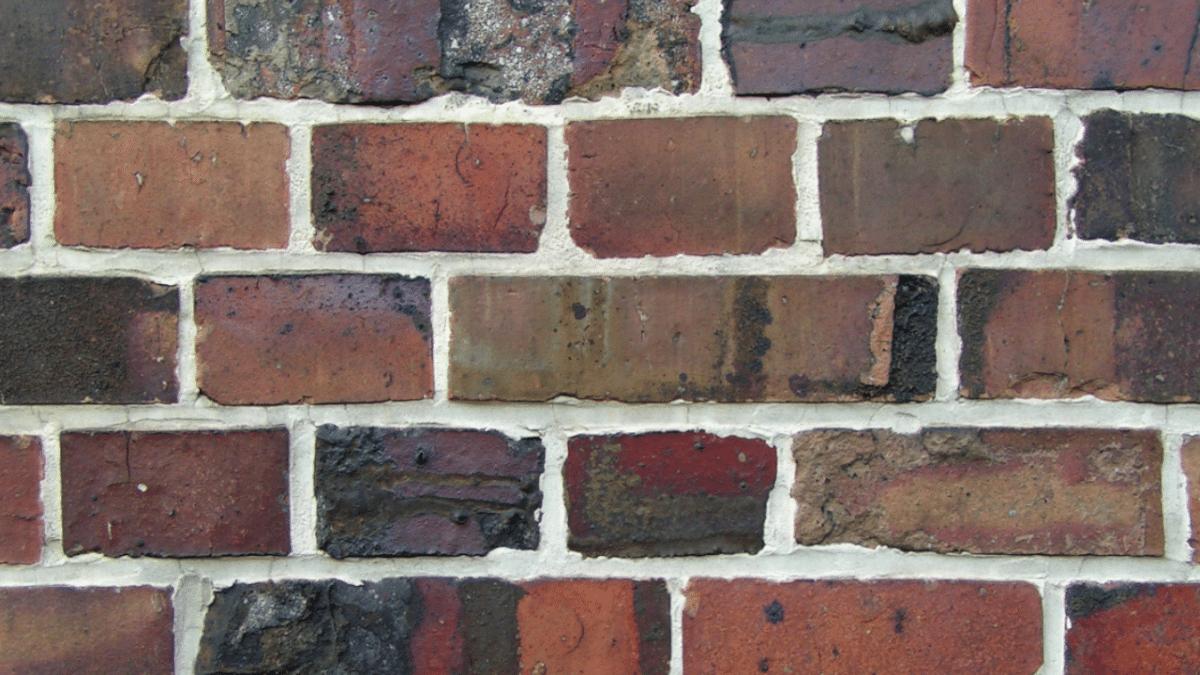Heat-retaining bricks could be the key to providing some of the world‘s biggest polluters with renewable energy. So far, large industries that require a lot of heat to produce everything from steel to baby food have largely obtained it by burning fossil fuels such as natural gas. No wonder heavy industry is responsible for about a quarter of global emissions. Alternative energy sources such as wind and solar energy, which produce fewer greenhouse gases, have so far not been able to consistently generate the required amounts of heat.
This is where the heat batteries in the form of bricks come into play. A growing number of companies are working to develop systems that can capture the heat generated by clean electricity and store it in brick stacks for later use. Based on simple structures and commercially available materials, they could be erected quickly anywhere. Most test systems are still in the early stages, but thermal storage systems have the potential to free industry from fossil fuels.
A key to the potential success of thermal batteries is their simplicity. “If you want to do it on a large scale, everyone should agree that it’s boring and reliable,” says John O’Donnell, chief executive officer of California-based thermal storage startup Rondo Energy. The start-up launched its first commercial pilot project at an ethanol plant in California in March.
The toaster of the future
It’s basically a carefully designed stack of bricks. In the Rondo system, the current flows through a heating element and is converted into heat here. It’s the same mechanism as a toaster, says O’Donnell, but much bigger and hotter. The heat then radiates through the stack of bricks, heating them to temperatures in excess of 1,500 degrees.
The insulated steel container that houses the bricks can keep them hot for hours or even days. When the trapped heat is needed, fans blow air through the bricks. The air can reach temperatures of up to 1,000 degrees on its way through the gaps. How the final heat is then used depends on the commercial process, O’Donnell says, although many plants will likely use it to turn water into high-pressure steam.
In Rondo’s pilot project at a biofuel plant, the steam during the fermentation process is used to produce ethanol. In many other industrial processes, steam is used for temperature control in reactors or in other steps such as cleaning.
Thermal batteries could also be specifically designed for higher temperature processes that do not currently use steam: cement and steel making, for example, which require temperatures in excess of 1,000 degrees, would be suitable.
Many industrial processes run 24 hours a day and require constant heating. Careful control of heat transfer allows Rondo’s system to be rapidly charged to take advantage of short periods when electricity is cheap due to the availability of renewable energy sources. The start-up’s heat batteries will likely need to be charged for around four hours to provide constant heat day and night.
A “monstrous” amount of heat
One of the biggest challenges for thermal storage technologies is building enough systems to meet the huge energy demands of heavy industry. The sector consumes a “monstrous amount of heat,” says Rebecca Dell, senior director of industry at the nonprofit ClimateWorks. Of the total energy consumed annually in industry, about three quarters is consumed as heat, while electricity accounts for only one quarter. Industrial heat accounts for about 20 percent of all global energy needs.
Fossil fuels have been the most obvious and economical way to power these massive industrial processes, but wind and solar energy prices have fallen by over 90 percent in the last few decades. According to Dell, this has allowed electricity to play a bigger role in the industry. “We’re in a great moment where we can stop burning stuff for heat and it’s cheaper too,” O’Donnell said.
There are also a few other ways to use cheap renewable energy in industry. Some plants could be switched to use electricity directly instead of high heat. Companies are working on electrochemical processes to make cement and steel, for example, although replacing all the infrastructure in existing plants could take decades. Using electricity to produce hydrogen, which can later be burned to produce electricity, is another possible route, but in many cases it is still too expensive and inefficient.
Any effort to meet the massive heat demand of industry will require a drastic increase in power generation. According to Dell, a typical cement plant continuously consumes about 250 megawatts of energy, mostly in the form of heat. This corresponds to the electricity requirements of around 250,000 inhabitants. The electrification of a large industrial plant means an additional electricity requirement, such as that required by an entire small town.
One brick at a time
Rondo is not alone in its quest to use thermal batteries in industry. The Californian company Antora Energy also builds heat storage systems based on carbon. “It’s super simple – it’s literally just solid blocks,” says co-founder and COO Justin Briggs.
Rather than using a separate heating element like Rondo’s “toaster coil” to convert electricity into heat, Antora’s system uses carbon blocks as resistance heaters that can both generate and store heat. This could reduce costs and complexity, explains Briggs. However, this decision also means that the system must be carefully contained, as graphite and other types of carbon can decompose at high temperatures in air.
Instead of just supplying heat to industry, Antora also plans to offer an option to generate electricity. The start-up’s approach relies on thermophotovoltaics, devices that resemble solar panels that capture the sun’s energy. Instead, Antora’s devices capture the thermal energy radiated by the hot blocks and convert it into electricity.

(vs.)
